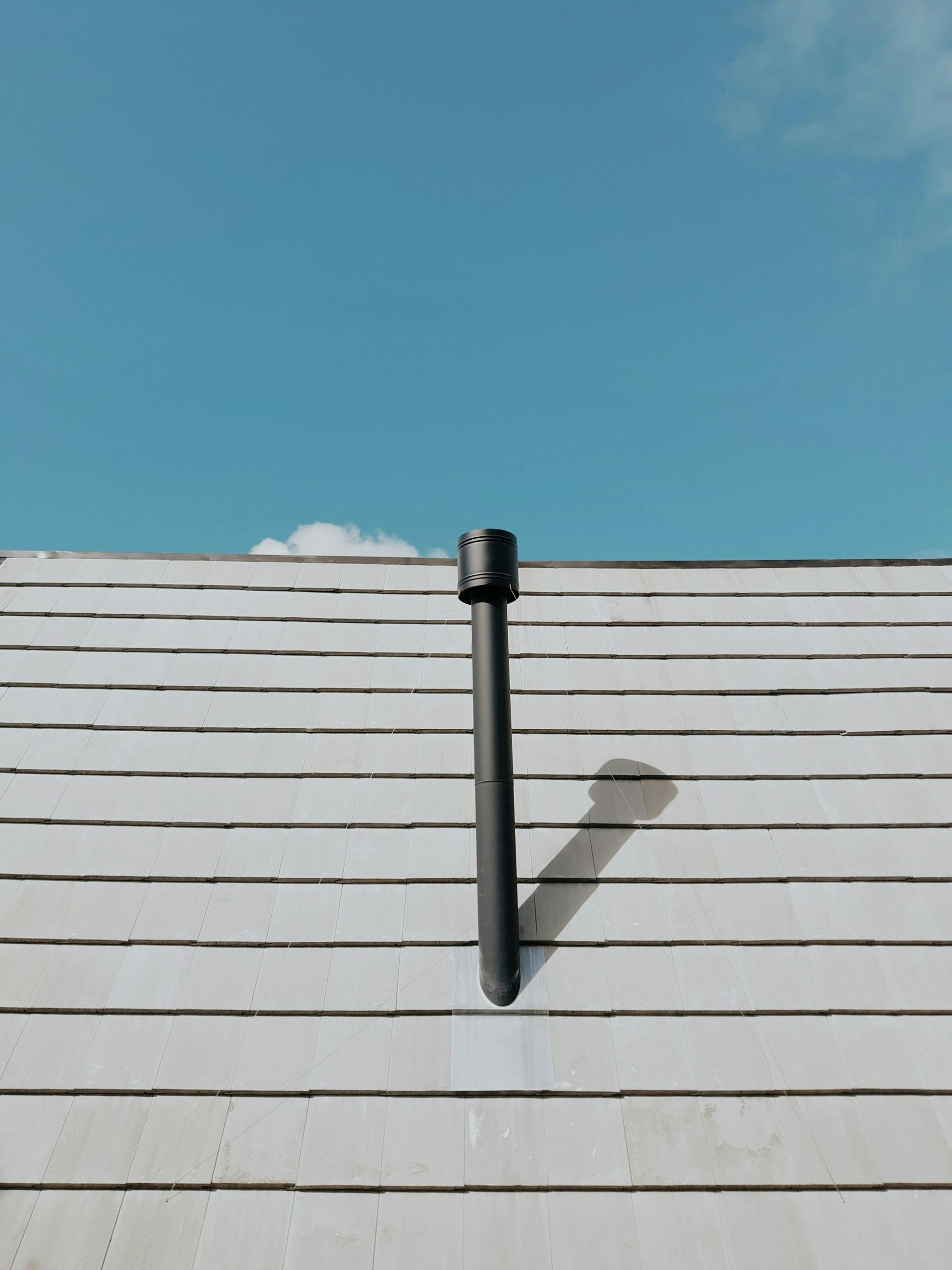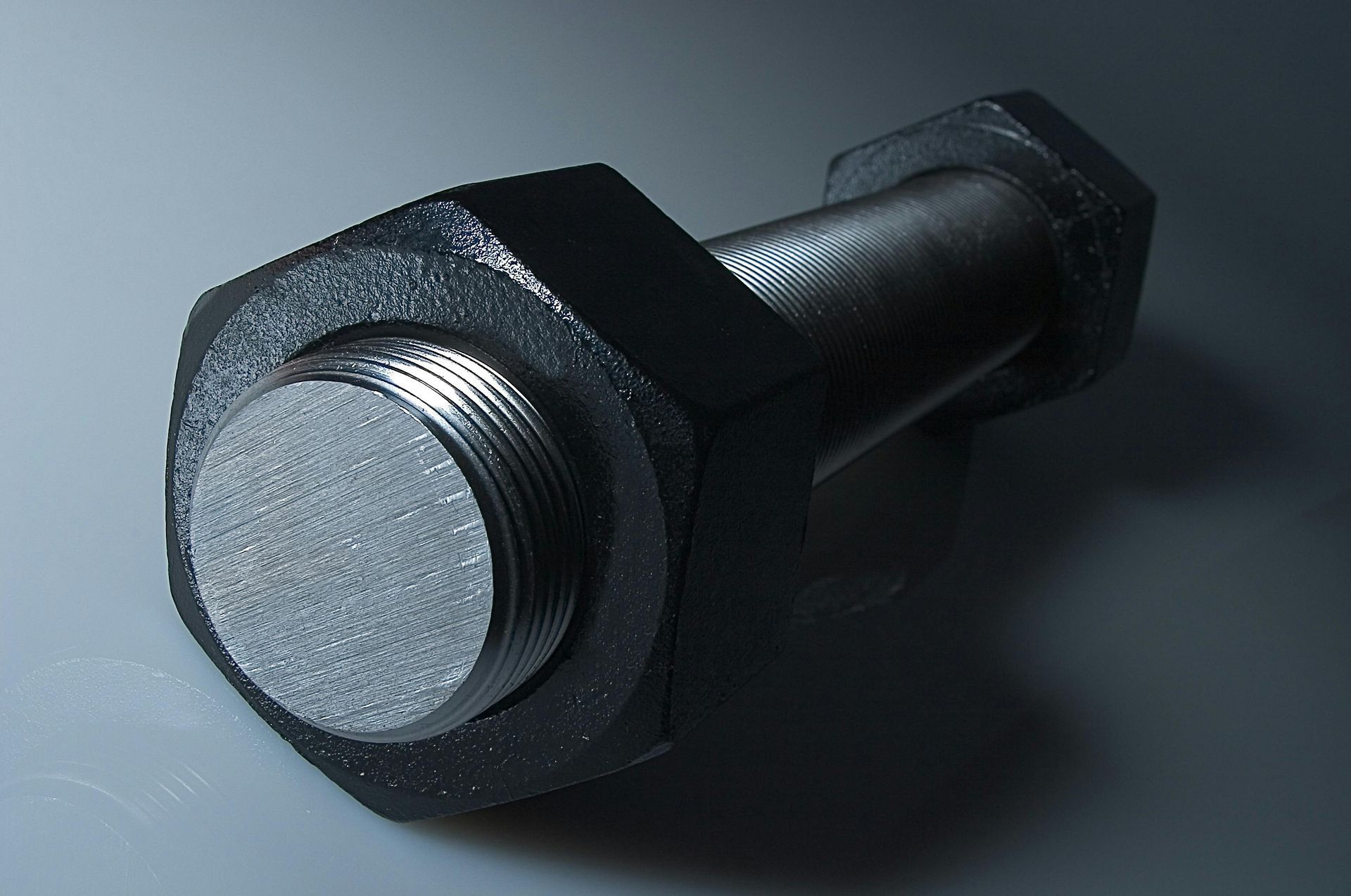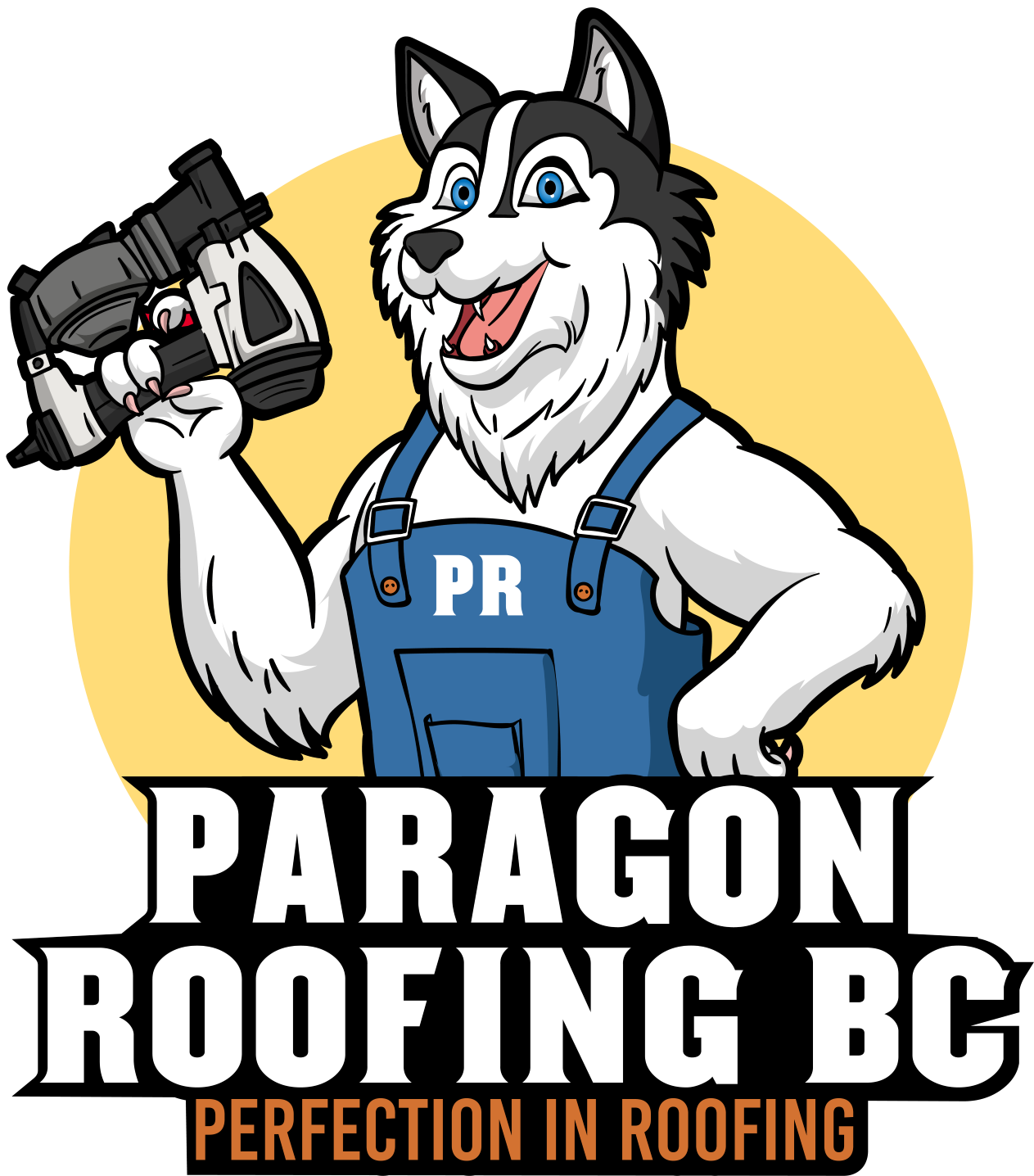Cedar shake roof lifespan in the Lower Mainland (what actually decides it)
In the Lower Mainland’s wet, windy climate, a well-installed cedar shake roof typically lasts 30–40 years with steady upkeep; in harsher microclimates or with deferred maintenance, expect 20–30 years. Preservative-treated shakes, clean airflow under the roof, and moss control push service life to the upper end. ([Cedar Shake and Shingle Bureau][1])
Need help with roofing in Vancouver ? Get a same-week assessment.
Explore specialized services: cedar roofing Vancouver.
- Choose prime-grade, edge-grain shakes and install to cedar manual details. ([Cedar Shake and Shingle Bureau][2])
- Keep intake/ridge ventilation open and the attic air-tight from the house. ([Cedar Shake and Shingle Bureau][3])
- Control moss/algae with copper/zinc and gentle cleaning. ([Cedar Shake and Shingle Bureau][4])
- Replace split/cupped shakes early; don’t let small leaks snowball. ([Roofing Contractors Association of BC][5])
- In humid or shaded sites, consider preservative-treated (“Certi-Last”) shakes. ([Cedar Shake and Shingle Bureau][3])
What actually sets cedar shake lifespan here
The climate you’re asking a natural material to survive
The Lower Mainland doesn’t wreck roofs with deep freezes—it soaks them with long spells of rain, salt-tinged wind along the inlet, and short drying windows between Pacific systems. In building-science terms, we live with high time-of-wetness and frequent wind-driven rain —conditions that keep cedar damp, feed surface growth, and test valleys and edges. Coastal B.C. research has measured how wind plus rain loads wet building surfaces and how roof/wall geometry (overhangs, exposure) changes the game. Those realities are why local roofs succeed or fail at the details far more than at the brochure rating. ([bchousing.org][6], [bwk.kuleuven.be][7])
The material: grade, grain, and thickness
Cedar shakes are a premium, natural watershedding system—but not all shakes are equal. The Cedar Shake & Shingle Bureau (CSSB) reminds homeowners that longevity depends on grade/quality, application quality, climate, exposure, and maintenance. Put simply: start with properly graded, edge-grain shakes from a reputable mill, installed to the manual. That’s how you earn the long end of the range. ([Cedar Shake and Shingle Bureau][1])
Why grain and thickness matter:
- Edge-grain moves less with moisture swings, so it stays flatter and sheds water more predictably.
- Thicker handsplit & resawn profiles buy you sacrificial material and longer nailing; they tolerate weathering better than thin cuts when storms line up for weeks.
The assembly: what’s under the shakes
Two invisible things make cedar last here:
- Interlays and drainage paths. CSSB’s roof manual shows shakes installed with #30 felt interlays that act as baffles and secondary laps, especially over spaced sheathing. This creates micro-drainage lanes and breaks capillary action under the shake courses. On solid plywood, you follow the manual’s specific details so the felt does its job (and doesn’t trap water). ([Cedar Shake and Shingle Bureau][2])
- Ventilation above the insulation. A cedar roof lives longer when the deck can dry between storms. That means real soffit intake, real high exhaust, and an attic that doesn’t leak house air (humidity) into the roof space. Even the CSSB’s homeowner guidance calls out ventilation as a lifespan lever in rainy climates. ([Cedar Shake and Shingle Bureau][3])
The maintenance: small, regular, boring—and decisive
Cedar isn’t a “set it and forget it” roof in coastal B.C. If you keep organic growth off the surface, replace the few shakes that split each year, and protect the roof from constant shade and debris, you protect decades of life. The USDA/CSSB technical guidance is blunt: moss and lichen trap moisture and accelerate decay; copper or zinc strips at the ridge (with rainwash) suppress that growth and reduce how often you need gentle cleaning. ([Cedar Shake and Shingle Bureau][4])
The treatment: when to spec a preservative upgrade
In high-humidity or tree-heavy sites—think North Shore ravines or river fog belts—a pressure-impregnated preservative option (sold under the CSSB’s “Certi-Last” umbrella) can improve decay resistance and help you hold the long end of service life, assuming the rest of the assembly is right. It’s not magic; it’s a margin-builder for a wet region. ([Cedar Shake and Shingle Bureau][3])
Honest lifespan bands for the Lower Mainland
Baseline reality (average exposure + regular care):
- Cedar shake: ~ 30–40 years with steady maintenance, per CSSB’s own general guidance. ([Cedar Shake and Shingle Bureau][1])
Why some roofs die earlier (20–30 years):
- Constant shade + conifer needles → persistent damp and bio-growth.
- Choked soffits or no high exhaust → decks never dry.
- Skipped interlays or sloppy valleys → water rides under the shake courses.
- No moss control; cleaning done with harsh power-washing (shreds the wood).
- Missed small repairs (split/cupped shakes) that let wind-driven rain underlaps.
Why some roofs make it past 35–40 years:
- Edge-grain, prime-grade shakes, thicker butts.
- Ventilation done right from day one.
- Preventive moss control with copper/zinc, plus gentle, periodic cleaning.
- Quick replacement of the few bad actors each year.
- In especially wet pockets: preservative-treated shakes as an assembly choice. ([Cedar Shake and Shingle Bureau][3])
Microclimates across the Lower Mainland (and what they do to cedar)
“Lower Mainland” covers marine exposure on the west side, wind corridors along the river, and wetter foothills to the north and east. Those differences—plus neighborhood shading—explain why the same product lasts longer on one street than the next. That’s consistent with climate-normals guidance and local wind-driven-rain studies: exposure and geometry drive wetting loads. If your lot faces the brunt of southeasters, size your maintenance and detailing accordingly. ([Historical Climate Data][8], [bchousing.org][6])
The anatomy of a long-lived cedar shake roof (Lower Mainland edition)
1) Start with the right cedar—and install it by the book
- Grade & grain: Premium or No.1, edge-grain, consistent butts.
- Layout: True lines, proper exposure, nails placed for both holding power and water control.
- Interlays:#30 felt interlays over spaced sheathing, detailed to form baffles that break capillary paths. On solid deck, follow CSSB-tested methods and verify plywood thickness. ([Cedar Shake and Shingle Bureau][2])
2) Build for drying between storms
- Ventilation: Continuous soffit intake, continuous ridge exhaust, and clear baffles at eaves; keep the attic air-sealed from the living space. The goal is a deck that gets drying time —that’s half the battle against decay. ([Cedar Shake and Shingle Bureau][3])
3) Control bio-growth without harming the roof
- Copper or zinc strips near the ridge (and sometimes midway down) shed ions with rainwater and discourage moss/algae, reducing cleaning frequency.
- When cleaning is needed, use low-pressure, soft-wash methods and targeted scraping; aggressive power-washing shortens life by eroding the soft spring wood. (USDA/CSSB guidance warns that growth traps moisture and shortens life.) ([Cedar Shake and Shingle Bureau][4])
4) Stay ahead of small failures
- Replace the few shakes that split or cup each year; renew flashings at the first sign of corrosion; monitor valleys. Local maintenance manuals emphasize that cedar roofs can be repaired and should be maintained—don’t wait for a ceiling stain. ([Roofing Contractors Association of BC][5])
5) Choose valleys and edges for storms, not just looks
- In heavy rain, open-metal valleys move volume with fewer traps; keep liners continuous and flat.
- Hemmed drip edges at eaves; clean tie-ins to gutters; kick-outs at roof-to-wall corners. These are universal roofing details that matter even more with cedar because the surface is textured and slower to shed fines. (Local consumer guidance prefers open valleys on riskier slopes.) ([Roofing Contractors Association of BC][9])
The 10-minute owner inspection (twice a year)
- Soffits and ridge – Are they actually open? Look for plugged intake or painted-shut soffits.
- Valleys – Any humps, granule piles from nearby shingles (if mixed roofs), or debris dams?
- North-facing slopes – Moss lines near butts? Schedule copper/zinc and a gentle clean. ([Cedar Shake and Shingle Bureau][4])
- Edges – Gutter back-flow or drip-edge staining? Clear troughs before storms.
- Random shakes – A few split/cupped? Replace now, not next winter. ([Roofing Contractors Association of BC][5])
People Also Ask — clear, snippet-ready answers
How long do cedar shake roofs last in the Lower Mainland?
Plan on 30–40 years with good installation, ventilation, and maintenance; 20–30 years in shaded or windy, wet exposures with deferred care. Preservative-treated shakes and steady moss control extend life. ([Cedar Shake and Shingle Bureau][1])
Do preservative-treated cedar shakes last longer here?
Often, yes. Pressure-impregnated preservative treatments are recommended for humid regions and can improve decay resistance— as part of a well-ventilated, well-detailed roof. ([Cedar Shake and Shingle Bureau][3])
What’s the #1 killer of cedar roofs around Vancouver?
Moisture that never gets a break —from clogged soffits, dead-air attics, moss blankets, and debris in valleys. Keep airflow open and the surface clean; your timeline expands. ([Cedar Shake and Shingle Bureau][4])
How do I make a cedar roof last toward 40 years?
Use edge-grain, prime-grade shakes; install per CSSB manual (interlays, correct exposures); ensure soffit-to-ridge ventilation; suppress moss with copper/zinc; replace split shakes yearly. ([Cedar Shake and Shingle Bureau][2])
Do cedar shake roofs suit every Lower Mainland neighbourhood?
They can— if the lot supports drying (sun/wind) or you’re willing to commit to maintenance and, in the wettest pockets, preservative-treated product. In deep shade with heavy needles, budget extra upkeep. ([Cedar Shake and Shingle Bureau][3])
Cost of ownership vs. service life (the frank math)
A cedar roof asks for small, regular spending instead of crisis spending. Budget a light service visit every 2–4 years(moss control, minor shake swaps, gutter/valley clearing) and you’ll prevent the moisture cycles that cut a decade off the roof. Skip those habits and you’ll see the timeline slide toward the 20s, especially on north-facing slopes under trees. That’s not cedar being fickle; it’s cedar being honest about our climate.
When a cedar shake roof is the wrong choice here
- Zero maintenance appetite. If you want to ignore the roof for 25 years, cedar isn’t your match.
- Deep canyon shade + conifer rain. If the lot never dries and debris is constant, you’ll work harder to keep moss at bay.
- No ventilation path. If soffits are blocked and ridge exhaust isn’t practical—and can’t be made so—don’t ask cedar to thrive.
Where any of those are true, pick a material that tolerates constant wet better without routine care—or budget for a disciplined maintenance plan.
Replacement triggers (what I look for at end of life)
- Widespread butt erosion —the waterline receded to nails across large areas.
- Many cupped/split shakes per square —not just a handful.
- Active leaks at valleys/penetrations after honest repairs.
- Deck decay —when the wood beneath tells you it’s been wet too often for too long.
At that point, a new cedar assembly with modern detailing (interlays, better ventilation, treated product if appropriate) is a wiser spend than chasing failures across the next three winters. ([Roofing Contractors Association of BC][5])
The Lower Mainland cedar care calendar (simple, repeatable)
Late spring:
- Visual check after storm season; book gentle cleaning if growth is visible.
- Confirm copper/zinc effectiveness; renew strips if needed. ([Cedar Shake and Shingle Bureau][4])
- Replace the handful of split shakes; touch up flashings.
Early fall:
- Clear gutters/valleys before the first atmospheric river.
- Walk the soffit line—make sure vents aren’t painted shut.
- Look inside the attic on a cool morning for damp-smelling zones or darkened sheathing near eaves; correct ventilation before winter. ([Cedar Shake and Shingle Bureau][3])
Stick to that rhythm, and cedar behaves beautifully here.
Quick comparison: shakes vs. shingles (and why shakes persist)
Cedar shingles(thinner, sawn both faces) read more formal and need three-ply installation; shakes(thicker, split/resawn) look more textured and are installed two-ply with interlays. Shakes’ thickness buys you margin in a climate that throws long wet spells. If you love the smoother look, shingles can do fine here—just be more demanding about ventilation and surface care. (CSSB’s manuals spell out both systems.) ([Cedar Shake and Shingle Bureau][2])
Bottom line you can plan around
A Lower Mainland cedar shake roof that’s properly specified, detailed, ventilated, and maintained should truthfully deliver three to four decades of service, with the upper end reserved for owners who keep the surface clean and the airflow open—and who choose preservative-treated product where the site calls for it. That is the fair, field-tested expectation in a region defined by rain first, everything else second. ([Cedar Shake and Shingle Bureau][1])
Need help with roofing in Vancouver ? Get a same-week assessment.
Talk to specialists in cedar roofing Vancouver to plan upkeep or replacement.
—
References (not included in word count)
- Cedar Shake & Shingle Bureau (CSSB) – Product FAQ: average life span ~30–40 years; factors affecting longevity; preservative-treated products. ([Cedar Shake and Shingle Bureau][1])
- CSSB – Roof Manual (installation details): interlays, spaced sheathing, baffle function; plywood notes. ([Cedar Shake and Shingle Bureau][2])
- CSSB – Care & Maintenance brochure: ventilation matters; pressure-impregnated preservative options for humid climates. ([Cedar Shake and Shingle Bureau][3])
- USDA/CSSB technical paper: moss/lichen trap moisture; copper/zinc strips suppress growth and reduce cleaning frequency. ([Cedar Shake and Shingle Bureau][4])
- BC Housing – Wind-Driven Rain Study: measured WDR exposure on Lower Mainland buildings; effect of overhangs and geometry. ([bchousing.org][6])
- Wind-driven rain primer (BCIT/Annex 41): defines WDR and factors (rain intensity, duration, wind). ([bwk.kuleuven.be][7])
- RCABC – Roof Maintenance Guide: cedar repairs and the importance of ongoing maintenance. ([Roofing Contractors Association of BC][5])
- RCABC – Consumer Guide: valley and perimeter standards (open valleys on low-slope shingle systems). ([Roofing Contractors Association of BC][9])
- Environment and Climate Change Canada – 1991–2020 Climate Normals portal(context for regional precipitation normals). ([Historical Climate Data][8])
[1]: https://www.cedarbureau.org/literature-education/product-faq/
“Shake & Shingle Product FAQ”
[2]: https://www.cedarbureau.org/.../roof-manual.pdf
“New Roof Construction Manual”
[3]: https://www.cedarbureau.org/.../cmbrochure2011.pdf
“Cedar Roof Care & Maintenance”
[4]: USDA/CSSB Installation, Care, and Maintenance of Wood Shake and Shingle Roofs
[5]: https://www.rcabc.org/wp-content/uploads/Roof-Maintenance-Guide-2012.pdf
“ROOF MAINTENANCE GUIDE”
[6]: https://www.bchousing.org/publications/Wind-Driven-Rain-Study-BC.pdf
“Wind-Driven Rain Study”
[7]: Field measurement of wind-driven rain on a low-rise building
[8]: https://climate.weather.gc.ca/climate_normals/
“Canadian Climate Normals”
[9]: https://www.rcabc.org/wp-content/uploads/Consumer-Guide-to-Roofing.pdf
“A guide for the selection of Roofing Services”




